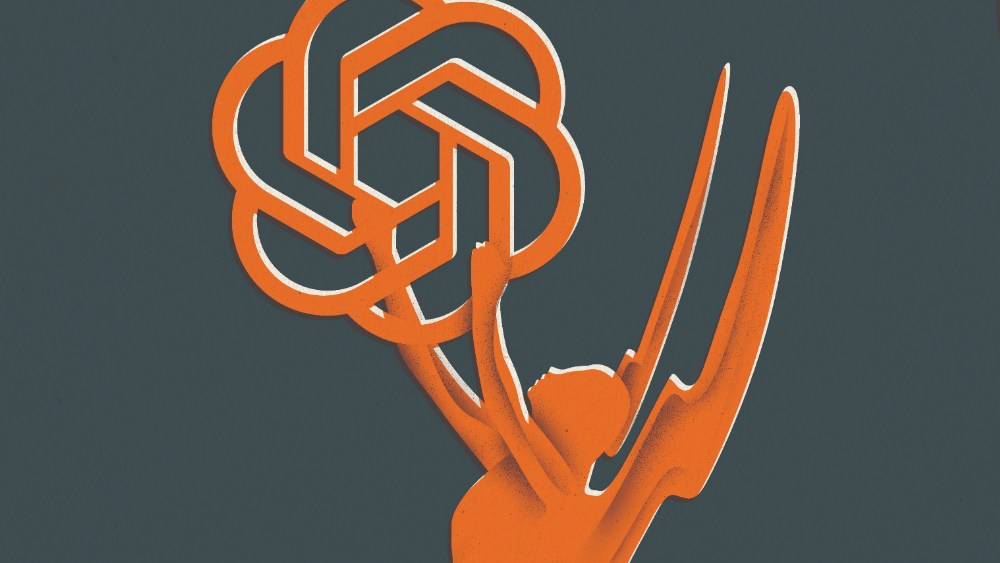As Hollywood explores the potential impact of AI, there’ve been no shortage of conferences, technology testing and conversations to address this topic. In fact, the Television Academy held a well-attended AI Summit in mid-March, though there was still a lot of hesitation around the elephant in the room.
Earlier this year, the awards conversation featured several high-profile Oscar contenders that utilized technology during production or post-production, including best picture nominees “The Brutalist” and “Emilia Pérez,” both of which incorporated AI audio technology from Respeecher.
Last month, the Academy of Motion Picture Arts and Sciences announced AI guidelines as part of its rules for the 2026 Oscars: “With regard to Generative Artificial Intelligence and other digital tools used in the making of the film, the tools neither help nor harm the chances of achieving a nomination. The Academy and each branch will judge the achievement, taking into account the degree to which a human was at the heart of the creative authorship when choosing which movie to award.”
Similarly, the Television Academy has Emmy guidelines focused on the human contributions in a submission. “Emmy rules make clear that submissions must be the work of the submitter, utilizing the tools of their craft,” a TV Academy spokesperson said in a statement to Variety. “Though there are a few specific guidelines around the use of AI as a tool, the Television Academy continues to monitor it across all categories and will make any updates to our rules and guidelines as needed.”
Speaking generally about AI, Eric Shamlin, CEO of new tech-infused production studio Secret Level and co-chair of the TV Academy’s AI Task Force, admits that at this stage, he is seeing “very little that’s actively being used” in production, though there’s a lot of testing of AI’s potential. “Everybody’s kind of curious, but not yet committed.”
He observes, “Some of it is kind of early-stage storyboarding or concept development for maybe a new show or a new season. I think in other situations, it’s being seen [for certain tasks in] visual effects or post-production. So, I think you’re seeing different teams or different parts of the pipeline explore these tools, but I still think there’s a lot of just overall kind of hesitation around the tools.”
Shamlin also acknowledges thorny areas that still need to be worked out, such as legal, labor and ethical issues. “There’s still plenty of people that are against AI adoption or just vocally criticizing it, which I also deeply respect, but I do think the overall sentiment has shifted to one of engagement and curiosity and conversation,” he says. “I want to be firmly on the side of making this a benefit to as many people as possible, and accelerating jobs and expanding jobs, multiplying jobs. But you only do that by engaging with the tools and engaging with the processes and helping guide how they get adopted.”
There are many others in the community that feel the best approach is to talk about the technology and how it may be implemented, though not all employers or publicists want their representatives to discuss this publicly.
“It is time for the industry to reveal itself properly,” says another source in the community, requesting anonymity. “Then, instead of being seen as a victim of AI, the art of moviemaking will be seen to be at the forefront of absorbing this new technology. Perhaps the studios based in technology companies and the technology companies active in the production of the movies will be the right ones to bring this message to the markets.”

No responses yet